How Does A Catheter Work?
Originally published on: June 25th, 2020. Last modified on December 15th, 2021
A catheter drains urine from the bladder into a drainage bag which may be supported at thigh or calf level. The leg drainage bag requires changing every 5 to 7 days depending on manufacturers instructions.
A Belly Bag or a catheter valve may be recommended. Your District Nurse or Continence Advisor will advise you on which type may be appropriate for your needs.
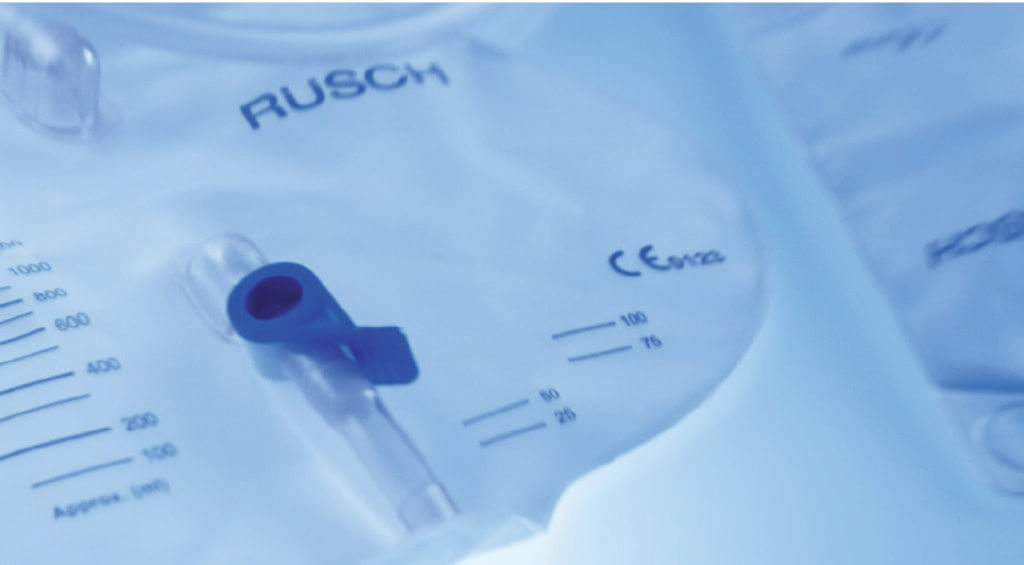
If you do use a leg drainage bag then it requires emptying when it is half to three-quarters full. Always ensure it does not pull on the catheter.
The bags are usually of 350ml, 500ml, 750ml or 1litre capacity for daytime use (depending on manufacturer). At night an extra 2-litre bag can be fitted easily to the day leg bag to increase the available capacity. These larger night bags mean you don’t have to get up in the night to empty the bag. They should be supported on a catheter drainage bag stand.
GET YOUR FREE JUST CAN'T WAIT CARD
FREE Just Can’t Wait Toilet Card
The Catheter in Situ
An indwelling urethral catheter is passed through the urethra (the tube through which urine passes). This is the usual method of draining urine from the bladder when short-term drainage is required (usually less than 30 days).
If you are sexually active it may be possible to be taught to remove your indwelling urethral catheter prior to intercourse and insert a new one afterwards. You may wish to discuss this with your partner. The District Nurse or Continence Advisor will advise you so don’t be embarrassed to discuss this.
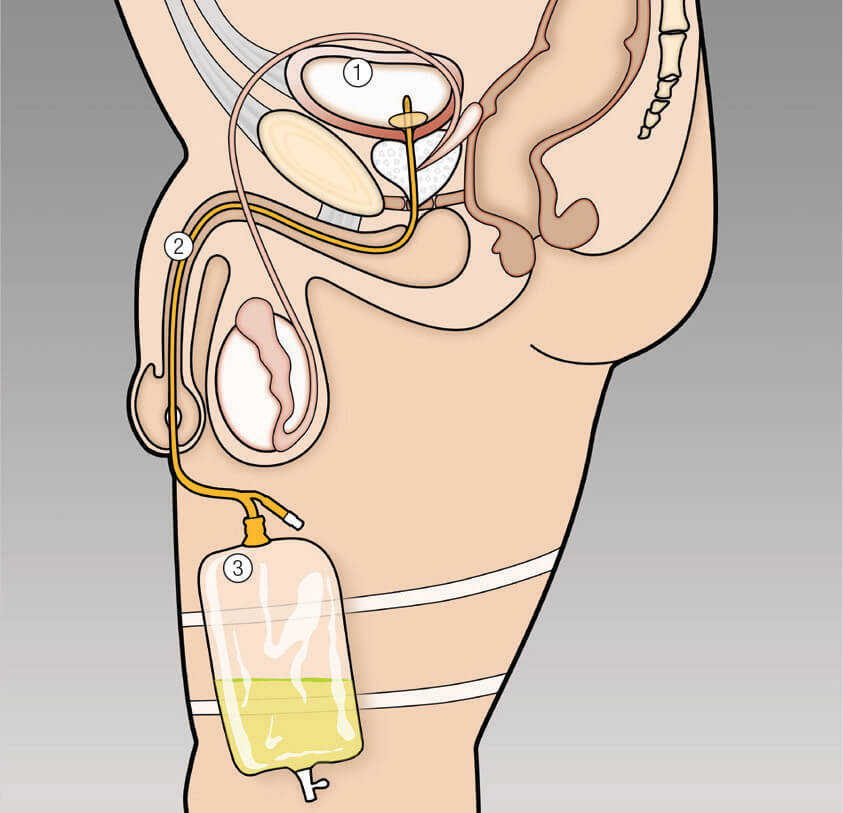
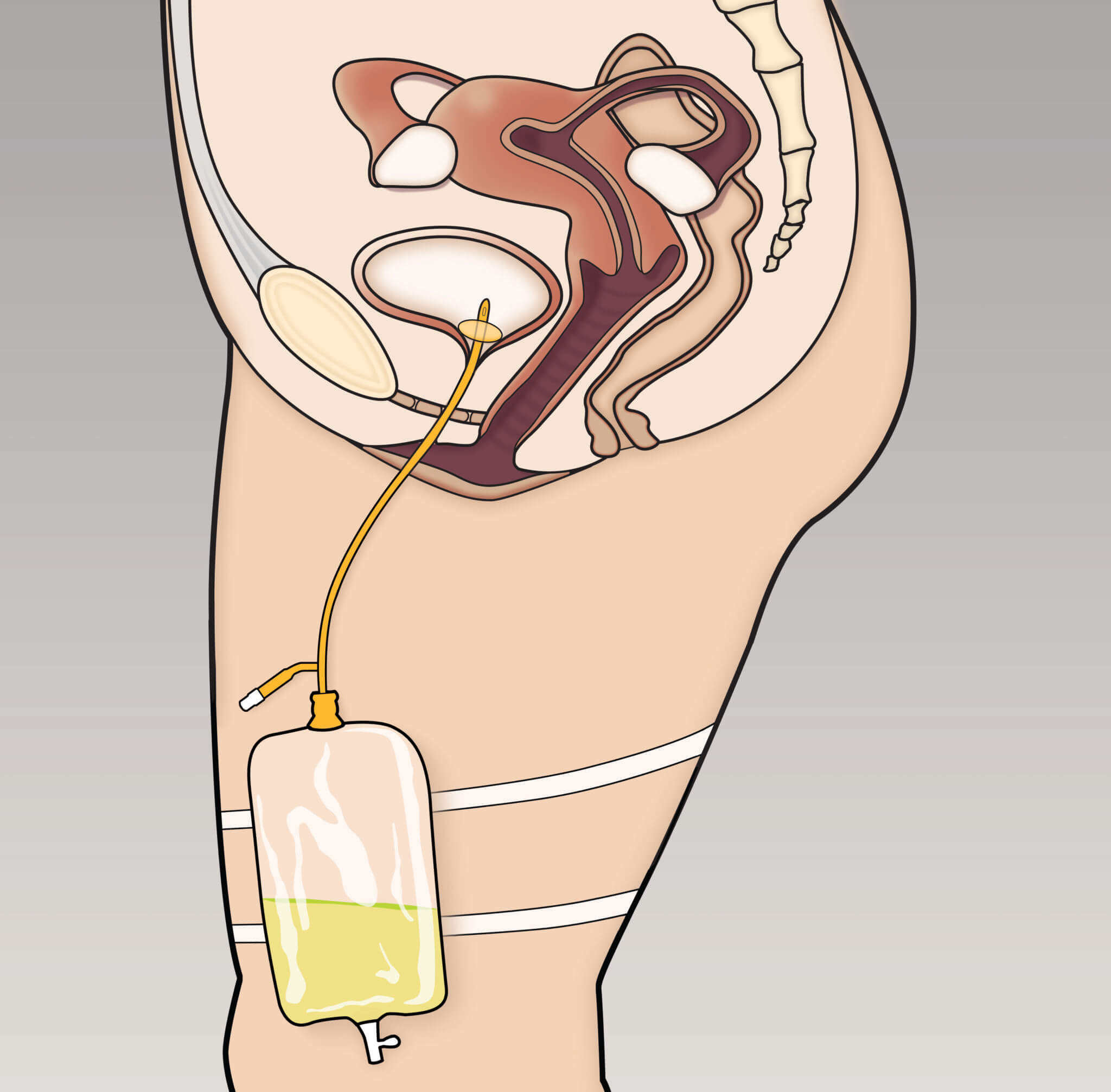
Suprapubic Catheters
In some cases when long term catheterisation is needed (longer than 30 days), the preferred method of drainage is via a suprapubic catheter. This method involves a small operation to form an artificial track directly into the bladder and the catheter is inserted through the lower abdominal wall directly below the belly button. Both men and women can have this type of catheter.
This type of catheter is generally administered when the urethral route cannot be used or if a person is still sexually active. It also reduces the risks of complications from catheter-associated urinary tract infections which are more commonly associated with urethral indwelling catheters.
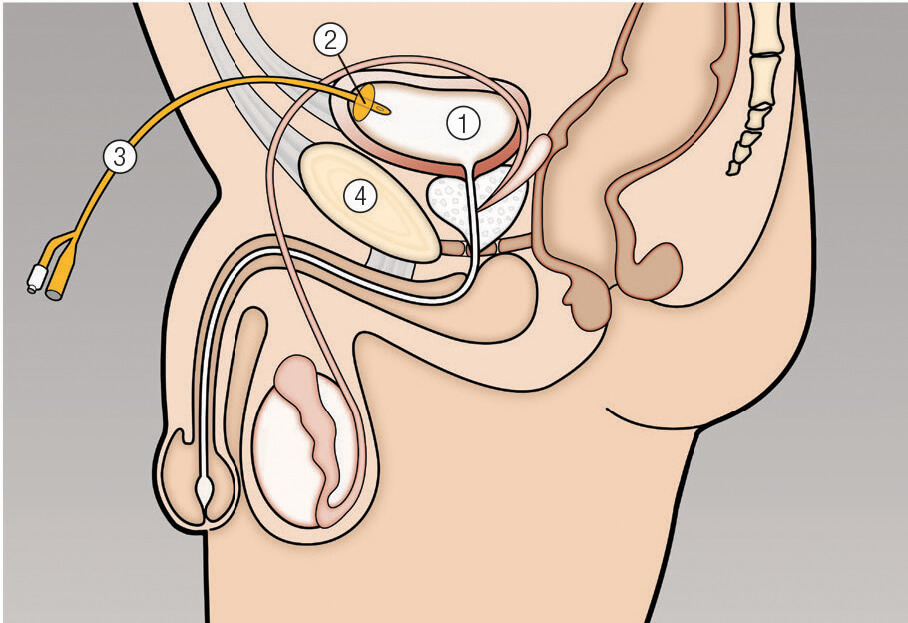
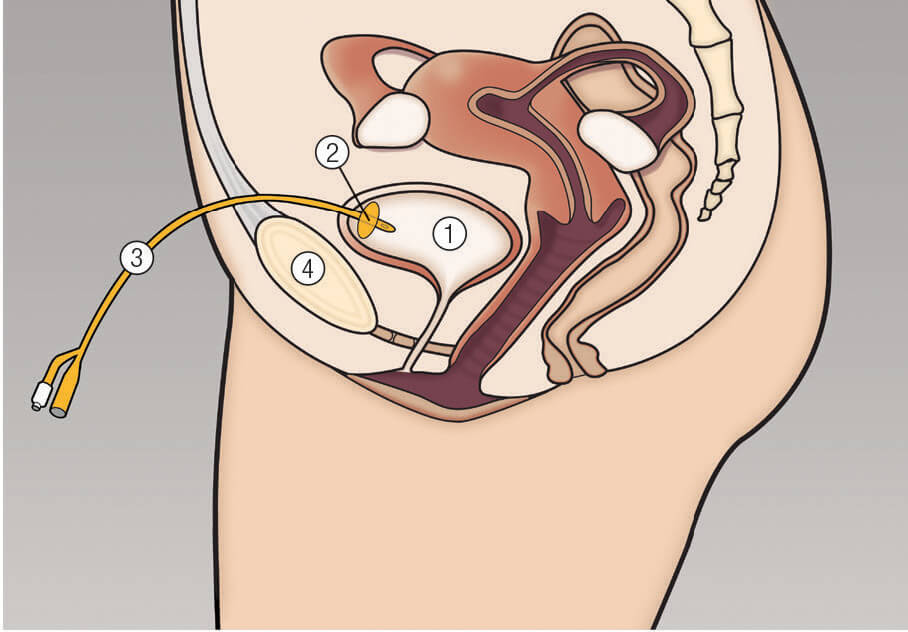
A Suprapubic catheter is normally inserted whilst in hospital and may require an overnight stay, however, the routine changes to the catheter can be done at home. Many District Nurses and Continence Advisors are well practised in this procedure.
Some people prefer to cover the site with a dry dressing but this is only necessary for the initial few weeks after insertion or if there is leakage or exudate. The area needs to be kept clean by daily bathing or whilst showering, or by cleansing with soap and water and drying well afterwards.
Leg bags and catheter valves can be used by those assessed for suitability but some users of suprapubic catheters may find the Belly Bag more useful. These are available on prescription, see your Healthcare Professional for information.
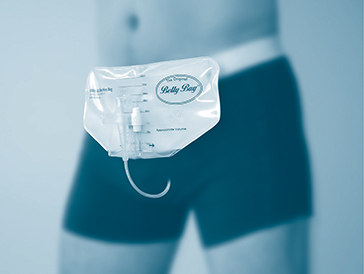
Please see our additional resources for more information:
- Indwelling Catheterisation
- Suprapubic Catheters
- Drainage Bags
- Attaching or disconnecting a drainage bag
- Catheter Problems
You can download our complete Catheter Care Guide here, or read our FAQ’s session with our very own Catheter Nurse.
